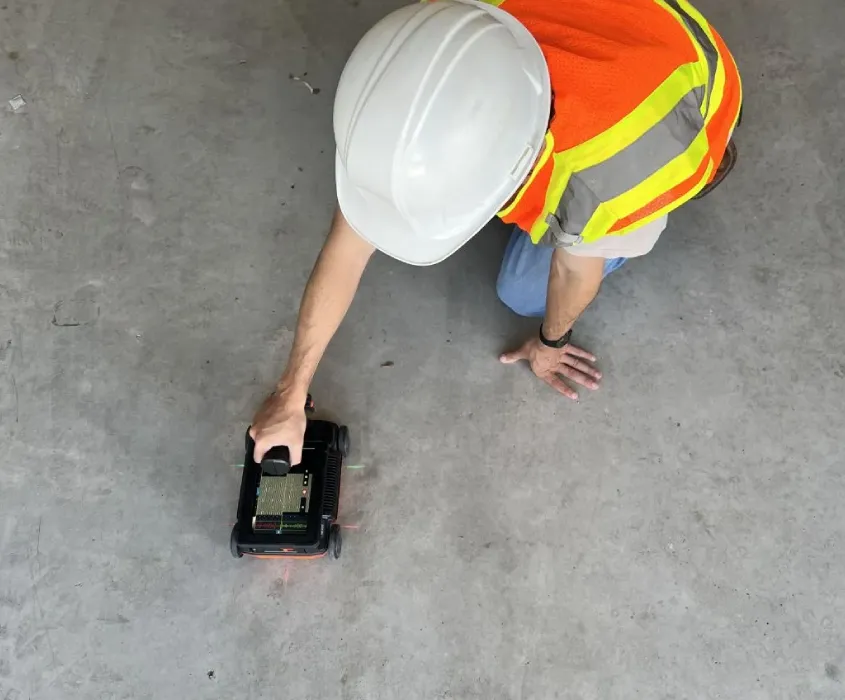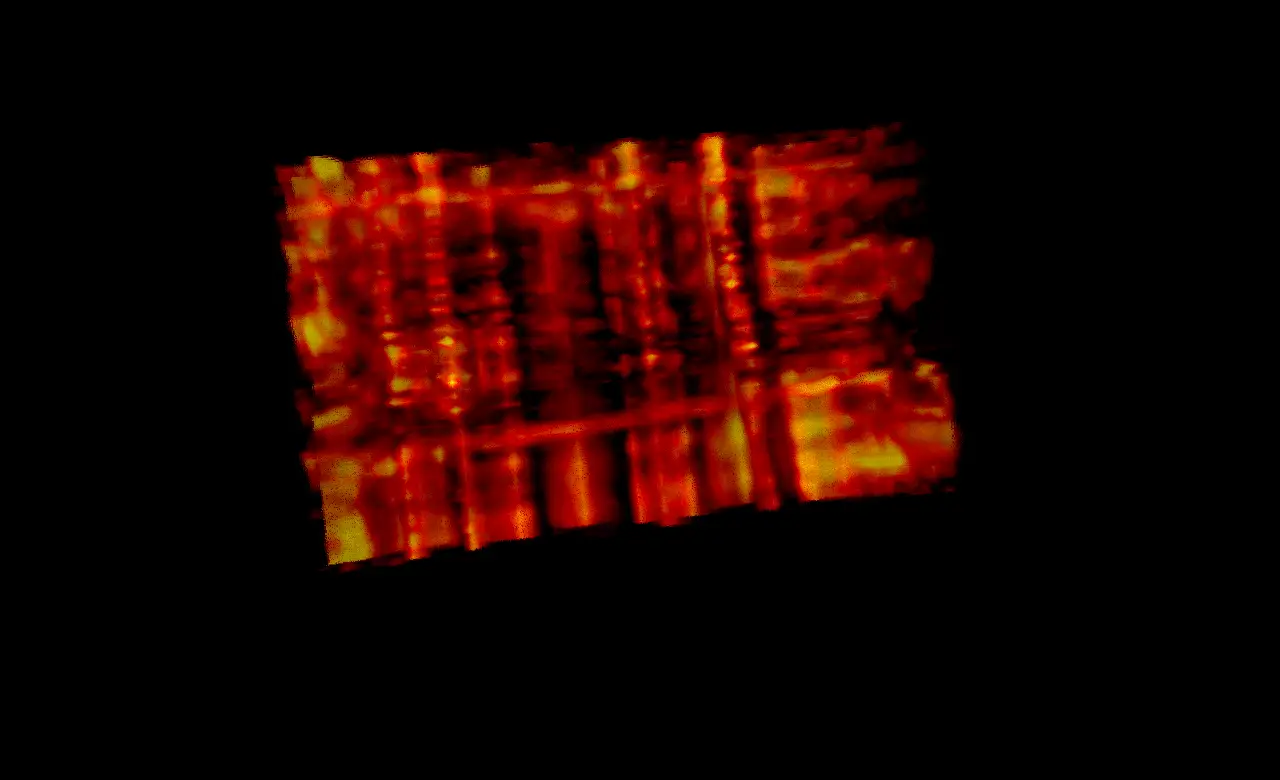C&M Subsurface specializes in advanced concrete scanning services, including rebar locating, post-tensioned cable locating, and void detection.


Before you drill, cut, or core, know what’s beneath the surface. C&M Subsurface provides concrete scanning services to locate rebar, post-tension cables, voids, and other embedded features. Using advanced GPR and subsurface imaging technology, we deliver clear, real-time data that helps prevent costly mistakes and maintain structural safety.
We use GPR to locate rebar within concrete, providing depth, spacing, and layout details for safe and efficient drilling or cutting.

Using GPR, we identify and map post-tension cables within concrete to prevent damage and ensure structural safety during work.

We measure concrete slab thickness using GPR to support safe core drilling, structural assessments, and renovation planning.

We detect and map voids beneath or within concrete to prevent structural issues, costly repairs, and project delays.

We locate shallow utilities near the surface with GPR to prevent strikes and support safe excavation and site work.

We locate electrical and communication conduits in or below concrete using GPR to avoid costly hits and rework.


We create high-quality 3D subsurface models of concrete structures using advanced imaging technology, capturing accurate depth and layout information.
Our 3D data helps identify hidden reinforcements, track structural changes, and plan renovations or repairs with confidence and efficiency.
We deliver clear, precise visual records that support construction, maintenance, and restoration work across every stage of your project.
Contact C&M Subsurface to discuss your next project.
At C&M Subsurface, our concrete scanning process is designed to be straightforward and dependable. From scheduling to final reporting, every step ensures clear results that help you plan and work safely without unnecessary delays or surprises.
Share your project details with us, and we’ll provide a clear proposal outlining scope, timeline, and pricing.
Once approved, we’ll coordinate site access and schedule the scan at a time that fits your project timeline.
Our team reviews the area to ensure safe, efficient access and identifies key locations for scanning.
We use advanced GPR technology to scan concrete surfaces and identify rebar, post-tension cables, conduits, and voids.
Collected data is analyzed and cross-checked to verify findings and ensure accuracy before reporting.
We provide on-site markings or detailed reports as requested, documenting all findings for safe cutting, drilling, or coring.
At C&M Subsurface, we recognize the paramount importance of accurate and thorough concrete scanning. Our state-of-the-art equipment, including ground-penetrating radar (GPR), advanced electromagnetic scanning systems, and 3D imaging technology, ensures precise and comprehensive assessments of concrete structures. Our team of experienced technicians leverages these tools to accurately locate concrete rebar, post-tensioned cables, and to detect and map out voids within the concrete.
Depth varies depending on slab thickness, material composition, and site conditions. Most scans reach depths of 18 to 24 inches, with deeper penetration possible in favorable conditions.
We use advanced Ground Penetrating Radar (GPR) to locate rebar, post-tension cables, conduits, and voids within concrete. This non-invasive method provides accurate, real-time subsurface data.
Yes. GPR can detect rebar, post-tension cables, and mesh within concrete. However, dense reinforcement or high moisture levels may reduce scan depth and image clarity.
We can identify rebar, post-tension cables, electrical conduits, communication lines, voids, and variations in slab thickness.
Yes. We offer on-site markings, digital reports, or both—depending on your project requirements. Reports can include images, findings, and depth information.
When performed under normal conditions, GPR accuracy is typically within ±½ inch of the target depth. Environmental and material factors may affect precision, which we account for during data interpretation.
Yes. Scanning before drilling, cutting, or coring identifies embedded features and prevents strikes that could compromise the structure or cause costly repairs.
Most scans can be completed within a few hours, depending on the size and complexity of the area. Larger or heavily reinforced structures may require more time for data collection and analysis.
Concrete scanning is recommended for renovations, core drilling, trenching, anchor installations, and any project where the internal composition of concrete must be verified before work begins.
Yes. Our GPR systems can scan horizontal and vertical concrete surfaces, including walls, ceilings, and columns.